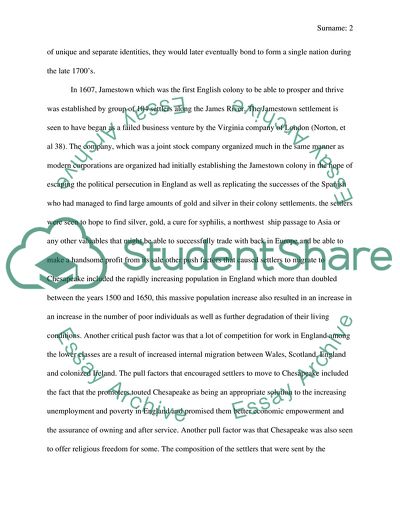Cite this document
(American History: Early European Migration Essay Example | Topics and Well Written Essays - 2000 words, n.d.)
American History: Early European Migration Essay Example | Topics and Well Written Essays - 2000 words. https://studentshare.org/history/1807330-american-history-early-european-migration
American History: Early European Migration Essay Example | Topics and Well Written Essays - 2000 words. https://studentshare.org/history/1807330-american-history-early-european-migration
(American History: Early European Migration Essay Example | Topics and Well Written Essays - 2000 Words)
American History: Early European Migration Essay Example | Topics and Well Written Essays - 2000 Words. https://studentshare.org/history/1807330-american-history-early-european-migration.
American History: Early European Migration Essay Example | Topics and Well Written Essays - 2000 Words. https://studentshare.org/history/1807330-american-history-early-european-migration.
“American History: Early European Migration Essay Example | Topics and Well Written Essays - 2000 Words”. https://studentshare.org/history/1807330-american-history-early-european-migration.


